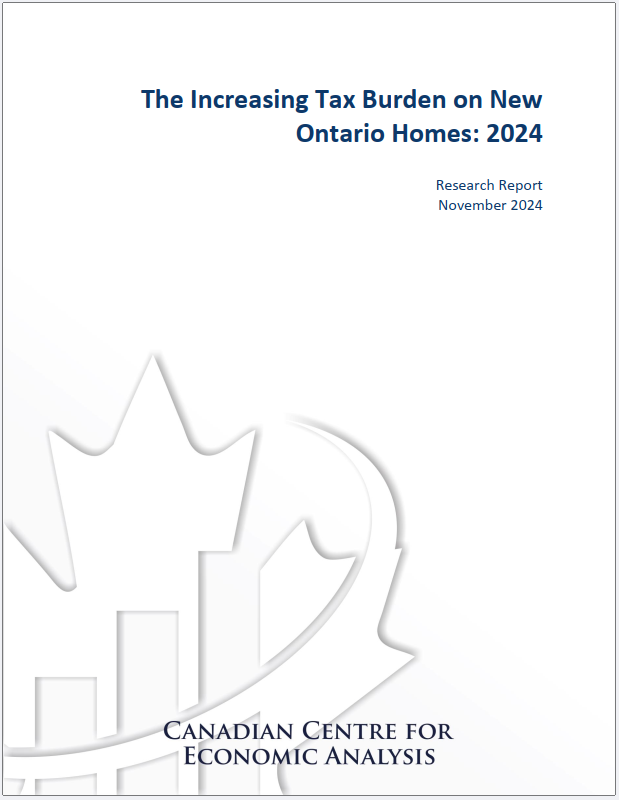Objective:
Prevalence estimates for mood and anxiety disorders in Canada are available, but various methodological approaches have produced inconsistent results. Simulation studies involve careful examination of available data by an expert modelling team working together with subject matter experts. Simulation can integrate datasets and literature-based estimates from various sources into a coherent mathematical representation of the underlying total population epidemiology.
Method:
Supported by the Mental Health Commission of Canada, a simulation modelling project for mental disorders in Canada was recently undertaken. Specification and calibration of the model occurred in consultation with national and international experts.
Results:
To reconcile estimates of incidence and prevalence, recall bias needed to be represented in the model. This suggests that the population prevalence of mood and anxiety disorders has been underestimated by population surveys and may explain a discrepancy observed in the age-specific prevalence in population surveys as compared with studies using administrative data. The number of Canadians with mood and anxiety disorders is projected to increase in upcoming decades as a result of population growth, but, based on conservative assumptions, an increased prevalence proportion is not anticipated.
Conclusion:
Simulation models can act as a platform for economic analyses and epidemiologic projections and can support the rapid exploration of what-if scenarios, thereby informing policy decisions. This first national-level simulation provides a high level overview of mood and anxiety disorder epidemiology in Canada.











